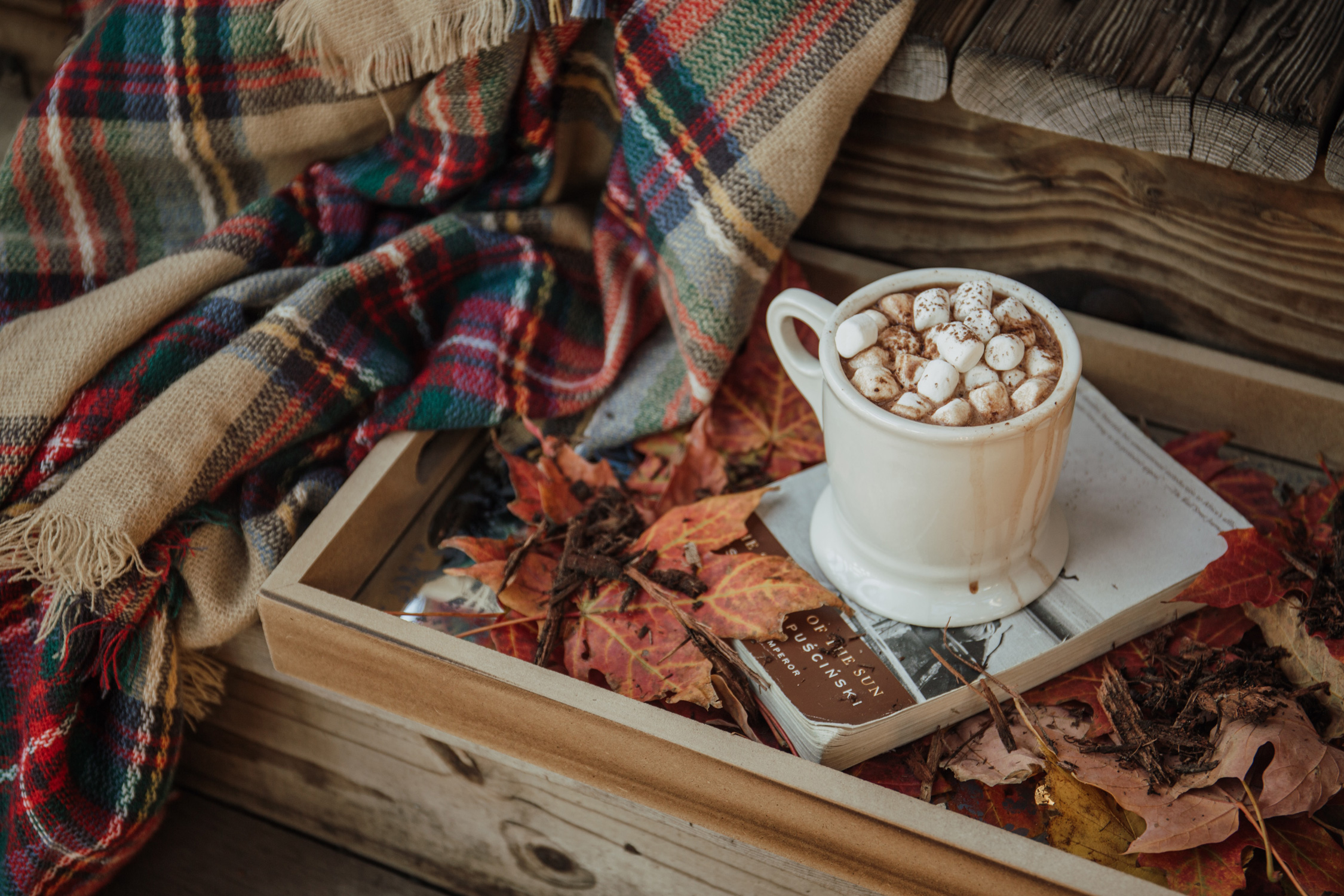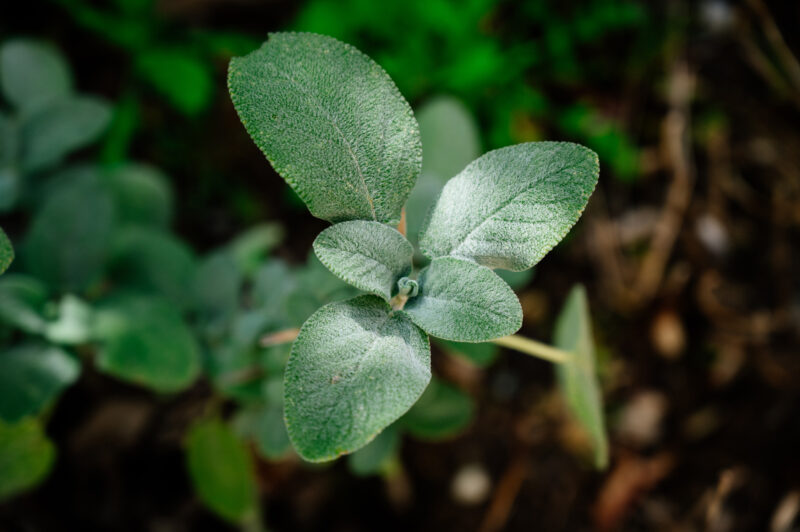There’s a festive buzz in the air and we’re starting to wrap up in our favourite woolly hats and scarfs. We think there’s something quite magical to this sudden chill when the season first turns. The smells in the air become very noticeable and memories of Christmas past come flooding back.
We’re letting you in on 3 ingredients that won’t be in a hurry to disappear, keeping you warm with your scarf all winter.
1. Ambroxan
The wonder molecule
At the EPC Lab, when we teach perfumery during our workshops and courses, we love to give praise to our synthetic ingredients. Many people instinctively turn their nose away from synthetic in favour of natural. Who wouldn’t want to use the king or queen of oils in their composition?! Plus, there is a lot of attention in our day-to-day lives on renewables and natural resources, so it makes sense that we would think the same way in perfumery. But it’s quite the opposite! Synthetic molecules are what make perfumery so special and so exciting! It brings together the art of creation with the science of formulation. If we had to shine a light on a handful of molecules, Ambroxan would be top of our list.
Not so synthethic
Ambroxan, also known as Ambroxide is a star ingredient with natural origins. This terpinoid is naturally found in ambergris and largely responsible for its smell (the stones produced in the sperm whale’s intestines!). Ambergris is no longer used in commercial perfumery and this is where Ambroxan has become so important to modern perfumers!
This is where science takes centre stage in. Scareol, a molecule extracted from clary sage is the starting point of the synthesis that reveals the white crystal powder of ambroxan. When you first open the lid of this wonder ingredient, the smell that fills the air is truly delightful! It’s an ingredient whose scent is liked by almost everyone and we can see why.
Sweet, woody, ambery
It’s sits within the base notes of perfumery and carries a warm, woody, slightly animalic scent that is also sweet, rich and ambery. Ambrosian is very evanescent on its own and truly reveals itself in a composition giving a warm and mineral undertone to a fragrance.
Ambroxan, also known as Ambroxide is naturally found in ambergris and largely responsible for its smell. Ambergris is no longer used in commercial perfumery and this is where Ambroxan has become so important to modern perfumers!
Where to find it
We love Ambroxan so much we’ve used in most of our fragrance formulae
Discover our fragrances2. IRIS
Worth the wait
Iris is a beautiful flower with origins in Italy and Morocco. It takes on all the colours of the rainbow but is most commonly known for it’s purple and blue petals. The flower itself actually carries little scent. It’s the roots (‘Orris’) that hold the scented magic but only one species is used in fragrance – Iris Pallida. When the iris is picked, it’s left to dry for up to 6 years! In our opinion it’s well worth the wait. Like a fine wine the scent of Iris get’s better with age.
The million dollar molecule
During the drying process the roots naturally develop a soft, powdery, clean smell that is amplified once they are ground into a powder. The powdery aroma is also an association to its parma violet scent! ‘Irone’ is a molecule found in Iris that derives from the ionone family. Ionones are also found in violets! Voila!
Violets have been used since the Victorian era for adding scent to cosmetics and powders. This explains why people think of make up when they first smell iris.
Then comes iris butter
Lastly, the roots are distilled and a wax like substance is left known as orris butter. The smell of the butter is extracted to finally obtain iris absolute. A warm, powdery and woody scent can be noted alongside the floral violet. It’s a great ingredient that is powerful yet subtle, having a similar ‘everyone likes it’ effect to that of amboxan. It’s impossible to feel winter when smelling Iris through his comforting cashmere-like notes.
Where to find it
We use Iris Absolute in our fragrance Amber Iris, Bergamot Incense and Fig Neroli
Discover our fragrance collection3. SUEDERAL
Suede, fresh from the box
We’ve all rushed home in excitement after buying a new pair of boots or shoes, desperate to try them on for their first outing. There’s a brief moment, sitting on the edge of your bed, where you slowly slip off the shoebox lid and reveal your gift to your feet. In that instance, the ‘new shoe smell’ fills the air around you. The scent of soft suede and warm leather envelops you in a feeling of cosiness.
This is Suederal. With hints of tobacco it radiates a some what smoky aroma, but don’t let it’s softness fool you. It’s leather note gives this ingredient a powerful projection so only a small amount is needed in your fragrance! A great ingredient (in fact a blend of ingredients) that works well in compositions where you wish to bring a deep leathery and woody accents, which is perfect for winter.
Leather that isn’t really leather
Now, we hate to break it to you but the smell of leather that we have grown to love and adore on our bags, shoes, jackets and more isn’t really there! Let’s go back to what is leather? Well, it’s skin. Does our skin have a scent? Not really. And leather is the same. In it’s original pre-treatment form, leather doesn’t carry much of a scent, so to make it more inviting (and in the process of treating / softening the leather), synthetic ingredients and sometimes-natural oils such as birch tar are added.
In perfumery, leather notes such as Suederal are used to recreated the burnt and dry smell of leather.
In it’s original pre-treatment form, leather doesn’t carry much of a scent, so to make it more inviting (and in the process of treating / softening the leather), synthetic ingredients and sometimes-natural oils such as birch tar are added. In perfumery, leather notes such as Suederal are used to recreated the burnt and dry smell of leather.
Where to find it
Discover Suederal in our Perfumer's Atelier
Discover





